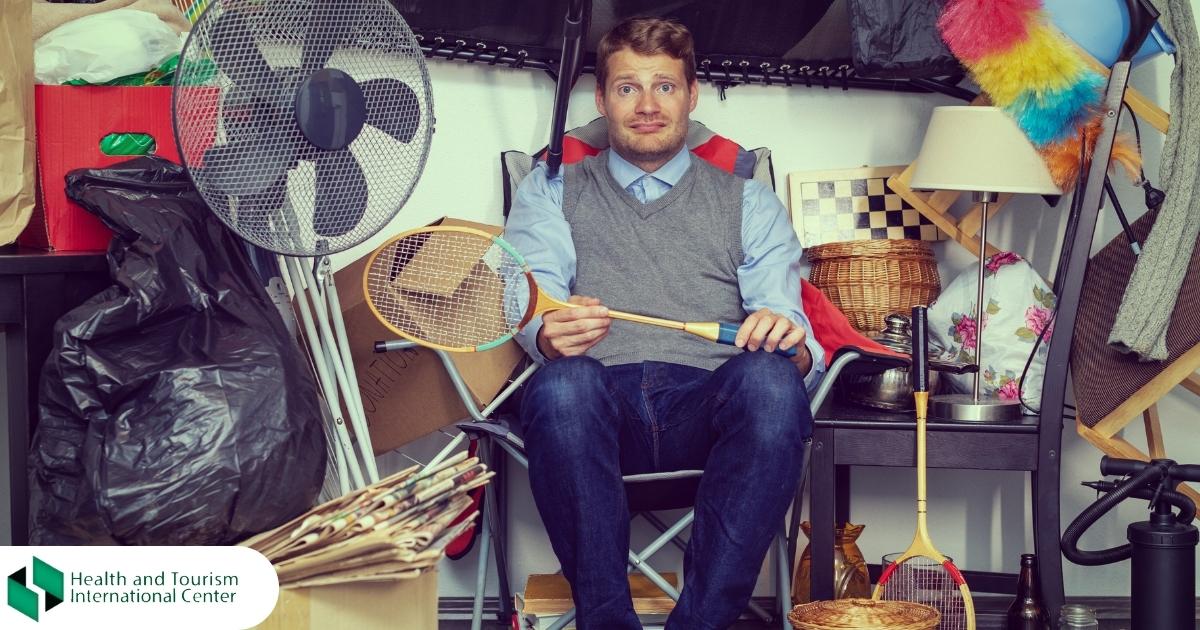A disorder that negatively affects your health.
Accumulation disorder is a chronic pathology in which a person can not move things. It is a serious stress for a person with this disorder to be separated from things.
Hoarding often creates such cramped living conditions that homes may be filled to capacity, with only narrow pathways winding through stacks of clutter. Countertops, sinks, stoves, desks, stairways and virtually all other surfaces are usually piled with stuff. And when there's no more room inside, the clutter may spread to the garage, vehicles, yard and other storage facilities.
People who hoard animals may collect dozens or even hundreds of pets. Animals may be confined inside or outside. Because of the large numbers, these animals often aren't cared for properly. The health and safety of the person and the animals are at risk because of unsanitary conditions.
People with hoarding disorder may not see it as a problem, making treatment challenging. But intensive treatment can help people with hoarding disorder understand how their beliefs and behaviors can be changed so that they can live safer, more enjoyable lives.
Signs and symptoms may include:
- Excessively acquiring items that are not needed or for which there's no space
- Persistent difficulty throwing out or parting with your things, regardless of actual value
- Feeling a need to save these items, and being upset by the thought of discarding them
- Disorganized piles or stacks of items, such as newspapers, clothes, paperwork, books or sentimental items
- Possessions that crowd and clutter your walking spaces and living areas and make the space unusable for the intended purpose, such as not being able to cook in the kitchen or use the bathroom to bathe
- Buildup of food or trash to unusually excessive, unsanitary levels
- Conflict with others who try to reduce or remove clutter from your home
- They believe these items are unique or will be needed at some point in the future
- The items have important emotional significance — serving as a reminder of happier times or representing beloved people or pets
- Significant distress or problems functioning or keeping yourself and others safe in your home
Where is the line between hoarding disorder and collectibles?
Hoarding disorder is different from collecting.
People who have collections, such as stamps or model cars, deliberately search out specific items, categorize them and carefully display their collections. Although collections can be large, they aren't usually cluttered and they don't cause the distress and impairments that are part of hoarding disorder.
Causes
It's not clear what causes hoarding disorder. Genetics, brain functioning and stressful life events are being studied as possible causes.
Complications
Hoarding disorder can cause a variety of complications, including:
- Increased risk of falls
- Injury or being trapped by shifting or falling items
- Family conflicts
- Loneliness and social isolation
- Unsanitary conditions that pose a risk to health
- A fire hazards
- Legal issues, such as eviction
Source:
https://www.mayoclinic.org/diseases-conditions/hoarding-disorder/symptoms-
causes/syc-20356056

